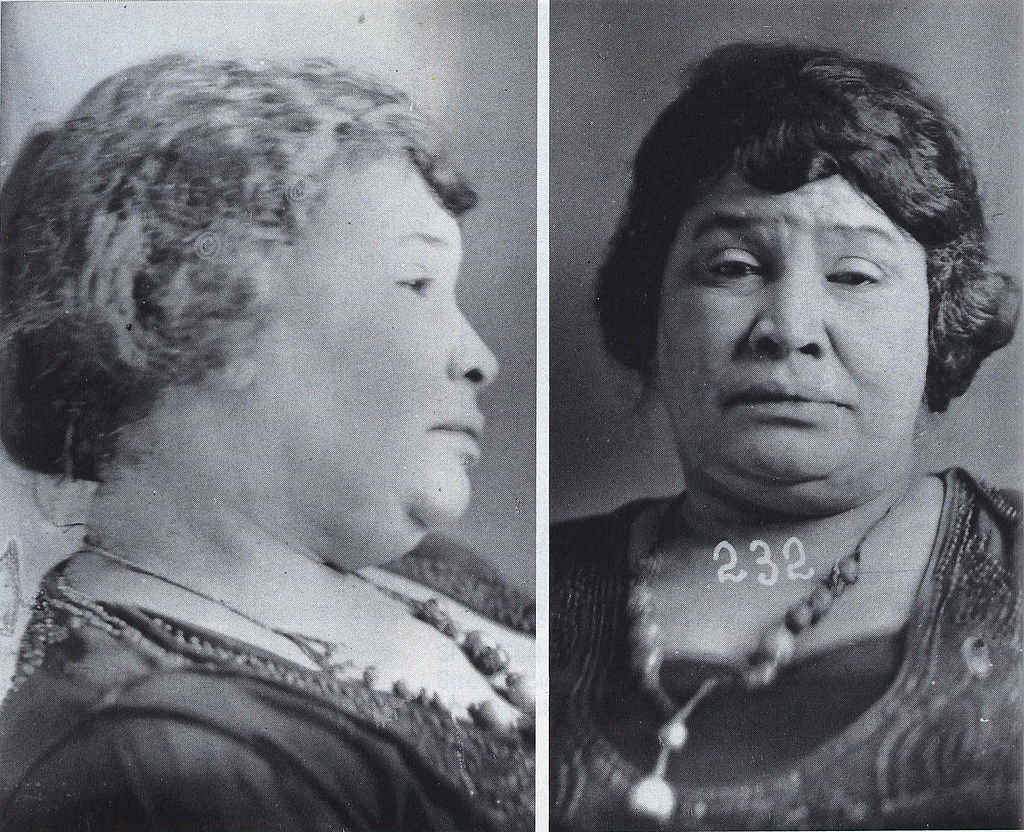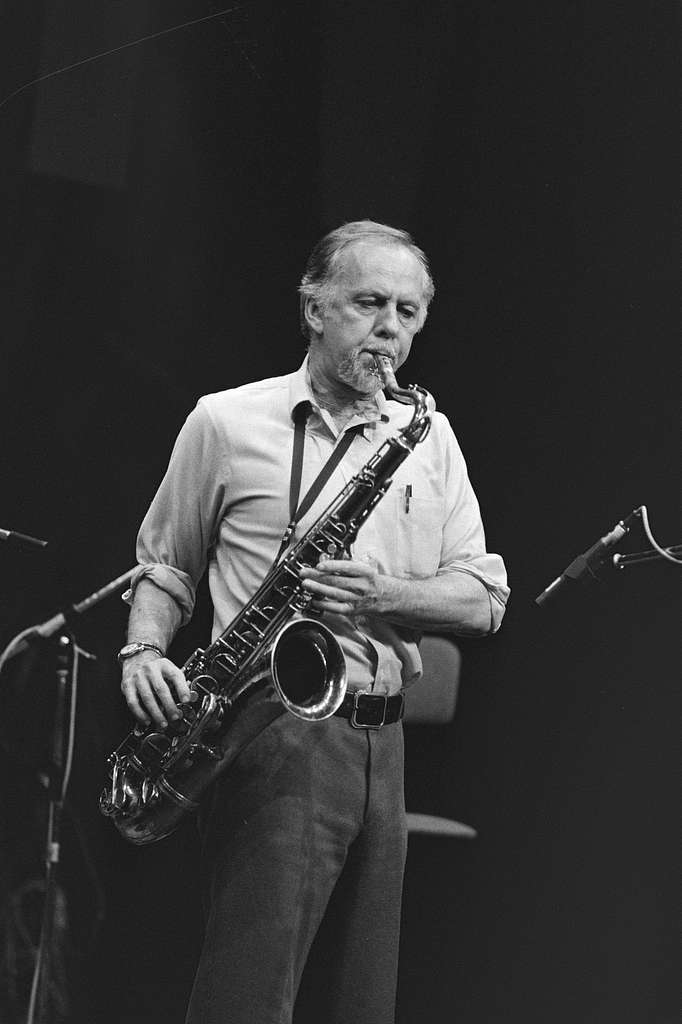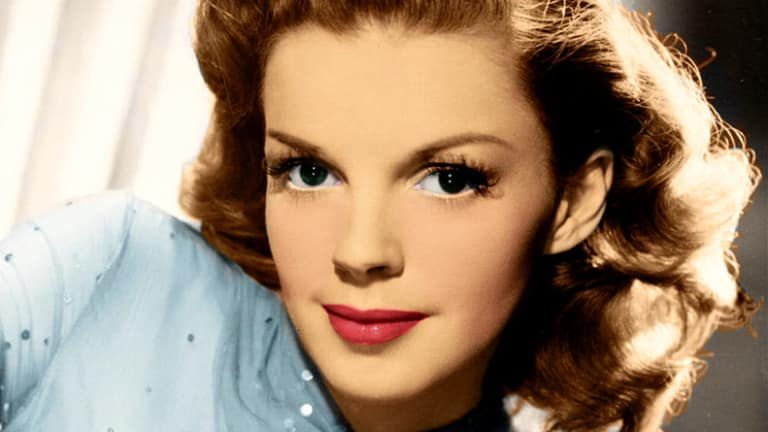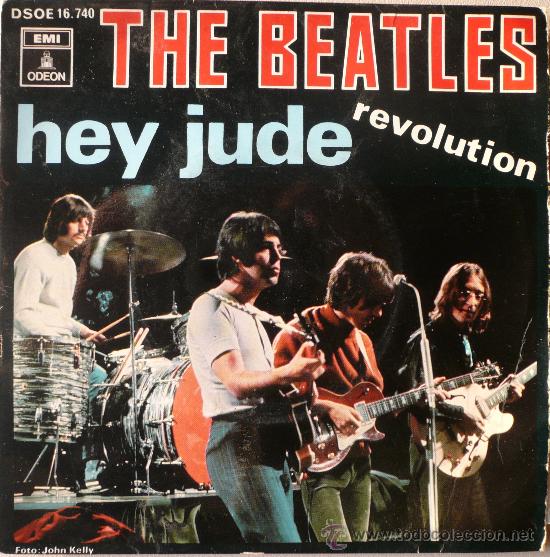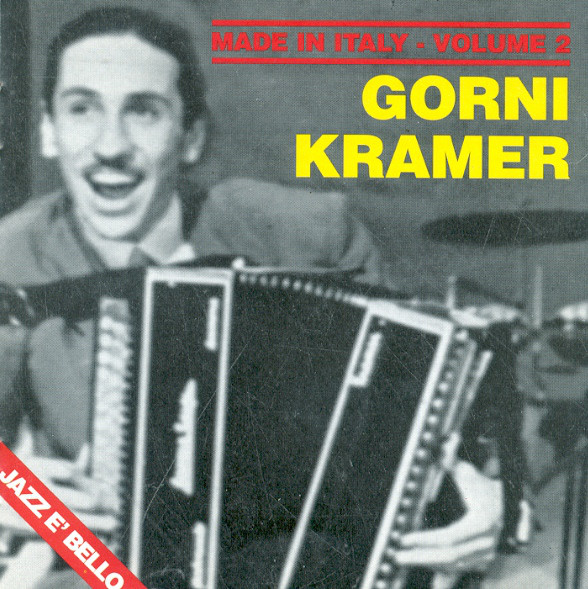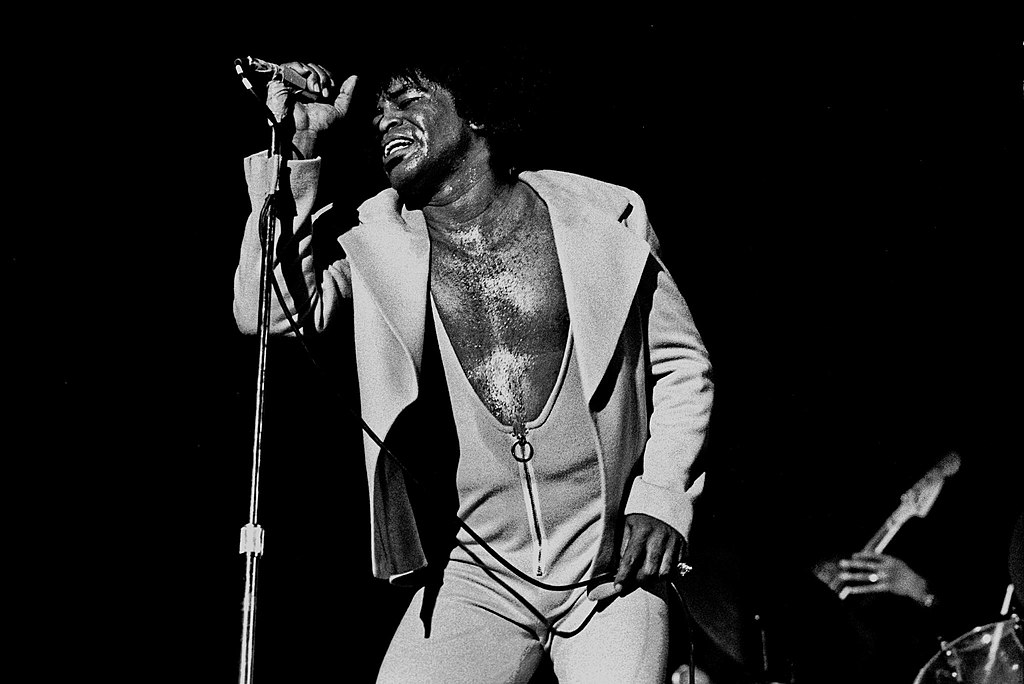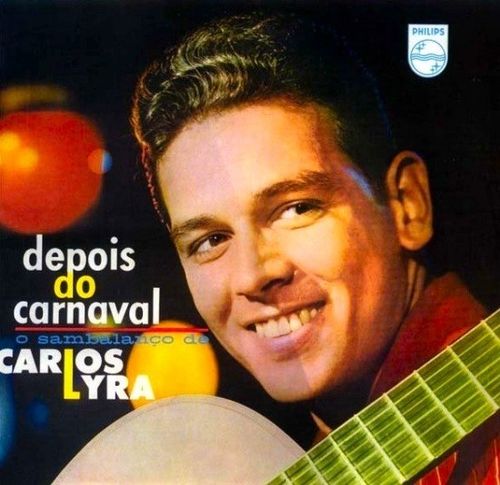[Monday Notes No. 129] Mahogany Hall Stomp is a traditional New Orleans piece dedicated to one of the most famous and luxurious brothels in Storyville. The song is a perfect example of early jazz. Louis Armstrong, with his three blues runs, seems to be explaining how jazz works.Continue readingLouis Armstrong, Mahogany Hall Stomp. Three blues chorus to understand jazz
Category: Monday Notes
A music analysis column dedicated to the great classics of jazz and rock music: every Monday a song with technical notes and curiosities. To start the week on a good note… and learn more about music.
[Monday Notes no. 128] Ma mi is a lyric by Giorgio Strehler set to music by Fiorenzo Carpi. First recorded on Ornella Vanoni’s debut album, the song is however much more suited to Enzo Jannacci, who made it his classic.Continue readingEnzo Jannacci, Ma mi. The Tale of a Partisan
[Monday Notes No. 127] All the Things You Are is a Broadway song and in the author Jerome Kern’s intentions was not a jazz piece. However, the song appealed to jazz musicians, who took it over and turned it into a classic of the jazz repertoire. Warne Marsh went even further, using the harmony of…Continue readingWarne Marsh, All The Things You Are. An Author’s Contrafact
[Monday Notes no. 126] Smile, the song written by Charlie Chaplin for his film Modern Times, is more difficult to sing than it may seem. The difficulty, however, is not technical, but in interpretation. Let us therefore see how Judy Garland overcame these difficulties, producing a truly memorable interpretation of Smile.Continue readingJudy Garland sings Smile by Charlie Chaplin
[Monday’s Notes No. 125] Hey Jude is one of the Beatles’ most famous songs, one of those ones that you just have to hear once and you never forget it. I wondered why, what in this song is so special. I tried to analyse it to understand its secrets.Continue readingThe Beatles, Hey Jude. How does a song become a classic?
[Monday Note no. 123] Crapa pelada is a piece from 1936, when jazz was opposed by the fascist regime because it was foreign music. Gorni Kramer resolved the issue with humour, using a nursery rhyme in Milanese dialect to the tune of Duke Ellington’s It Don’t Mean a Thing.Continue readingGorni Kramer, Crapa Pelada. In Imitation of Duke Ellington
[Monday’s Notes No. 122] Rhythm & Blues was a kind of response of jazz music to rock, an antidote that was produced to resist the popularity of rock. Let us listen here to a song by Rhythm & Blues’ greatest performer, James Brown, entitled Cold Sweat.Continue readingJames Brown Cold Sweat, a classic Rhythm & Blues piece
[Monday Notes no. 121] Every Time We Say Goodbye is one of the most beautiful songs written by Cole Porter, a songwriter who contributed dozens of unforgettable songs to the repertoire of great American songs. While many composers worked in tandem with a lyricist, Cole Porter for Everytime We Say Goodbye wrote both the lyrics…Continue readingEvery Time We Say Goodbye, a masterpiece by Cole Porter
[Monday Notes no. 120] The flat of lawyer Jairo Leao was to bossa nova what Minton’s was to jazz: a place for gatherings, experimentations, creations. His 15-year-old daughter Nara Leao had a group of musician friends, including Carlos Lyra, her guitar teacher and author of the music for Lobo Bobo, one of the first bossanova…Continue readingCarlos Lyra, Lobo Bobo. The house of bossa nova
[Monday Notes no. 119] James P. Johnson was one of the greatest pianists of the 1920s, also famous for his composition The Charleston, which contributed to the spread of the dance of the same name. James P. Johnson’s music marks the transition between ragtime and stride piano, the earliest form of jazz piano. Let us…Continue readingJames P. Johnson, The Carolina Shout. From ragtime to stride piano

